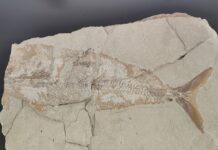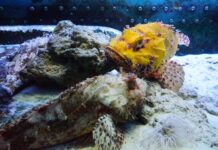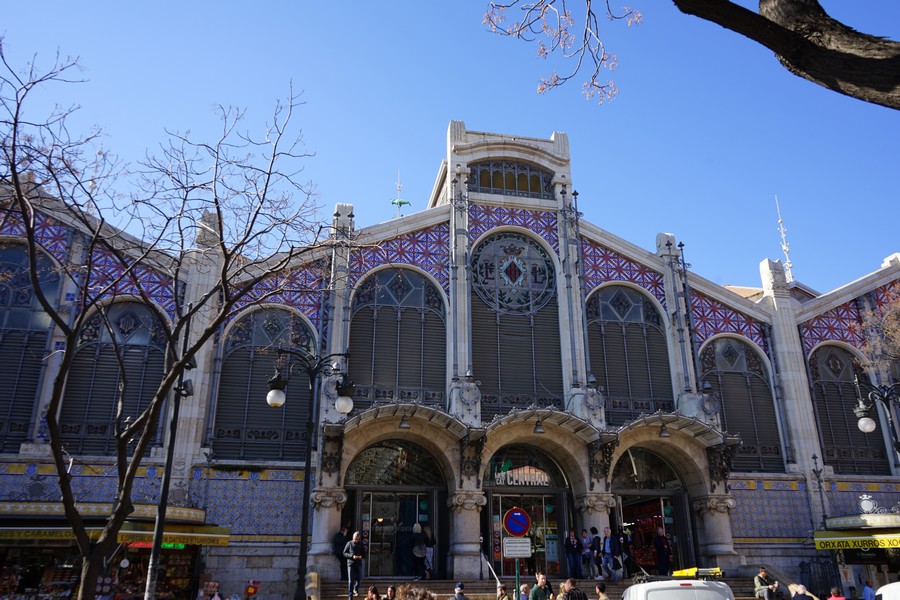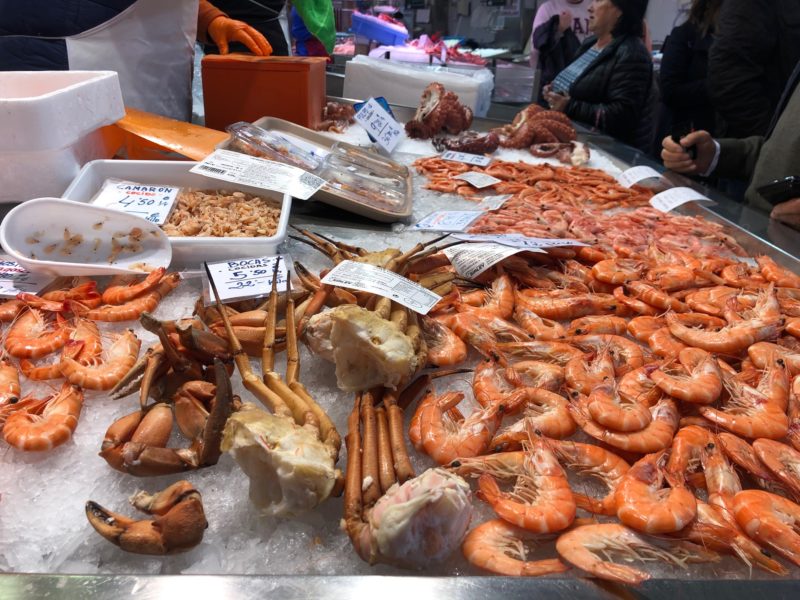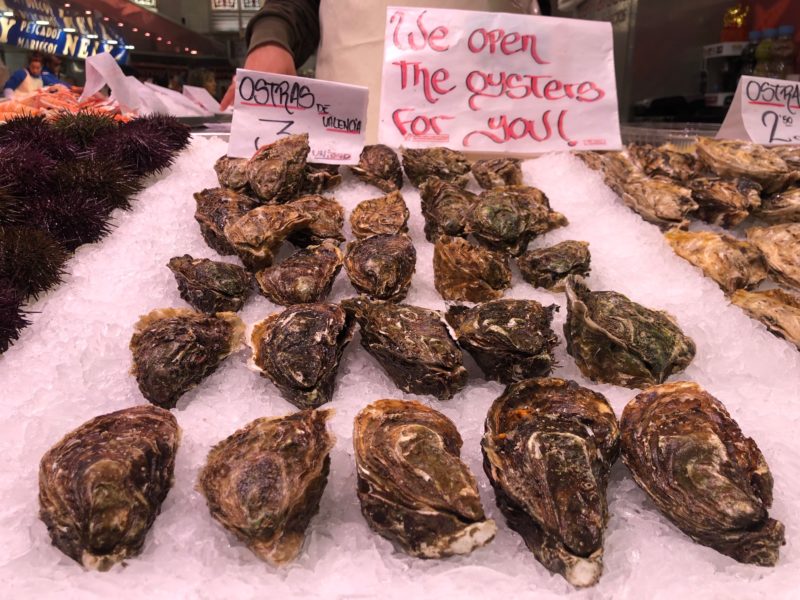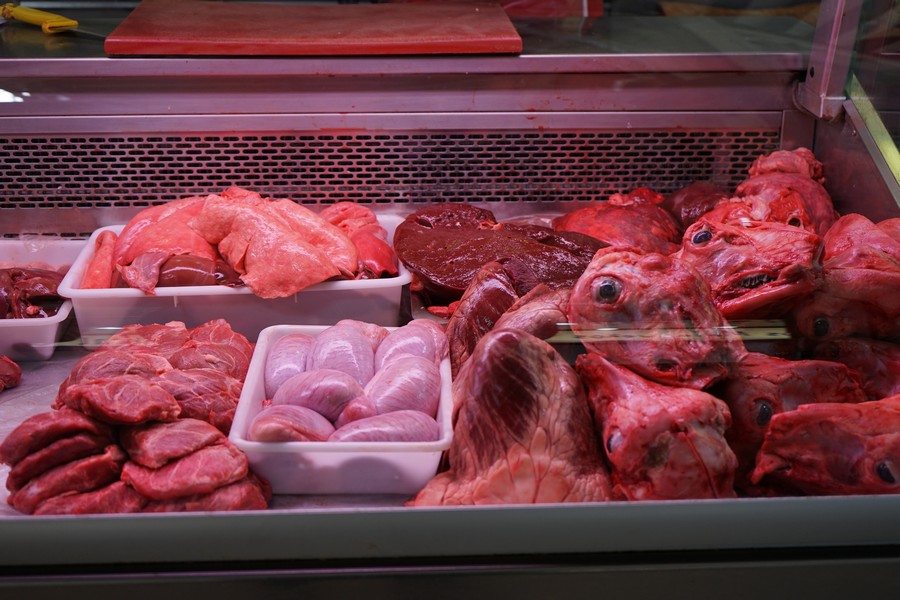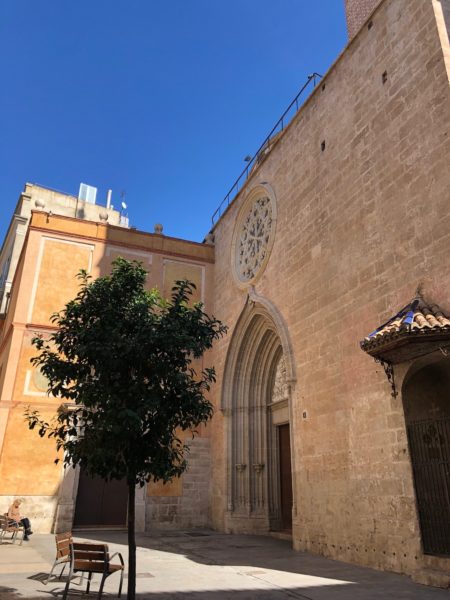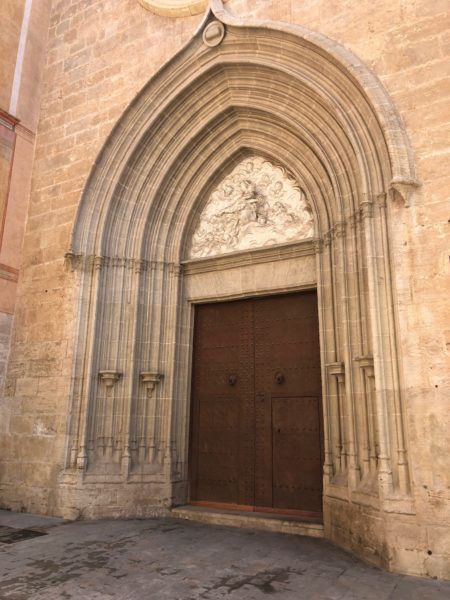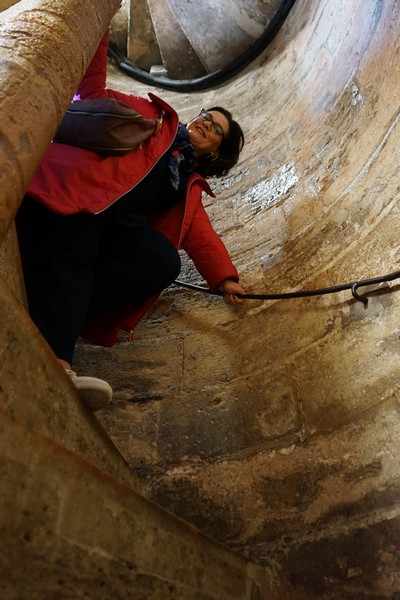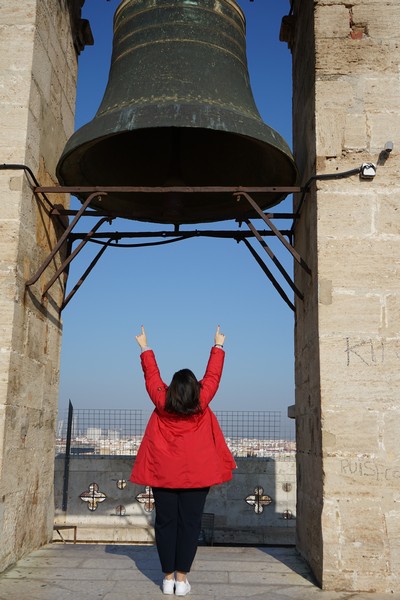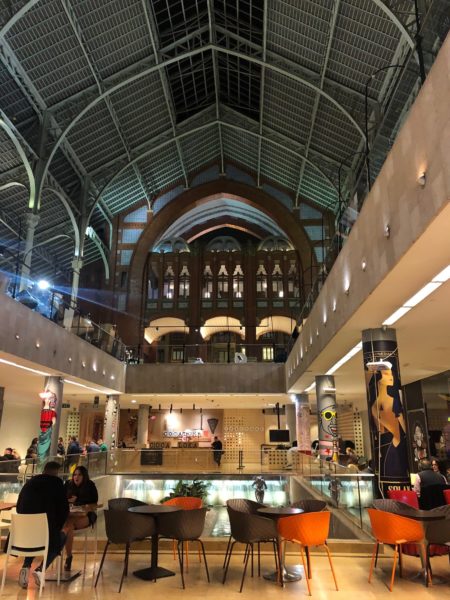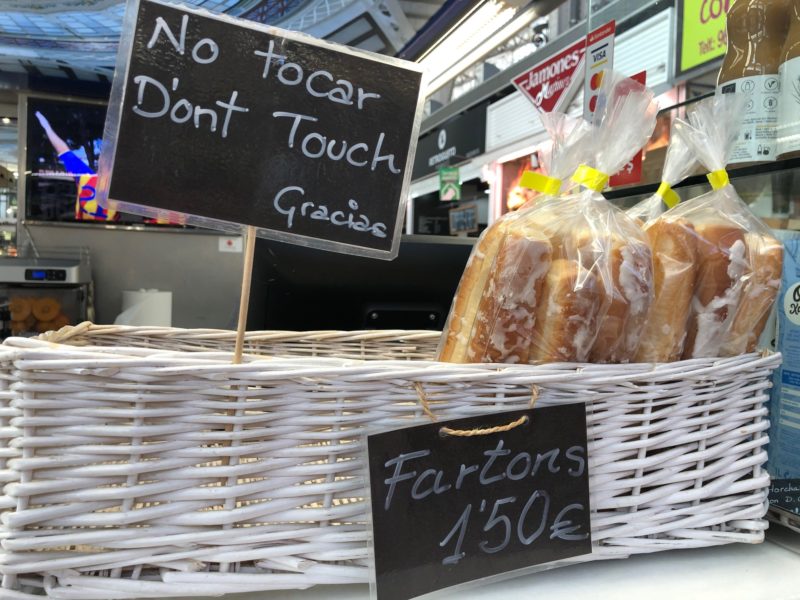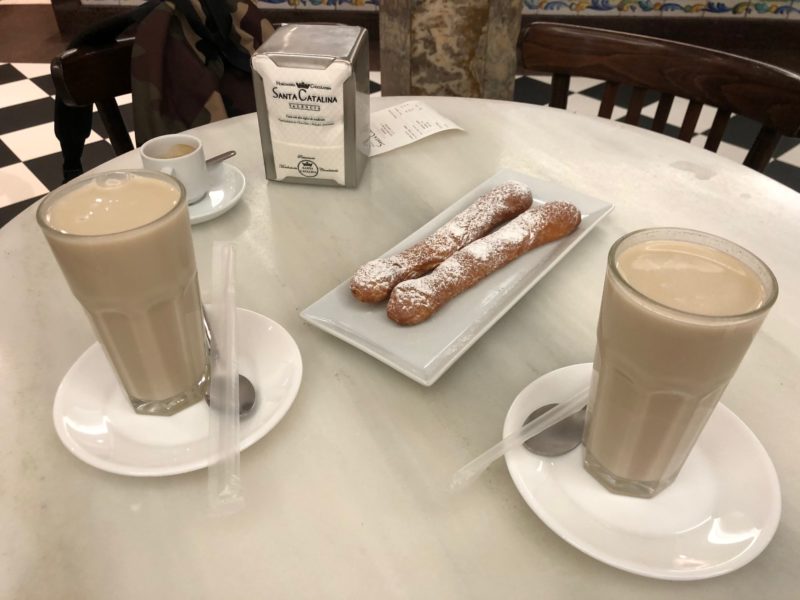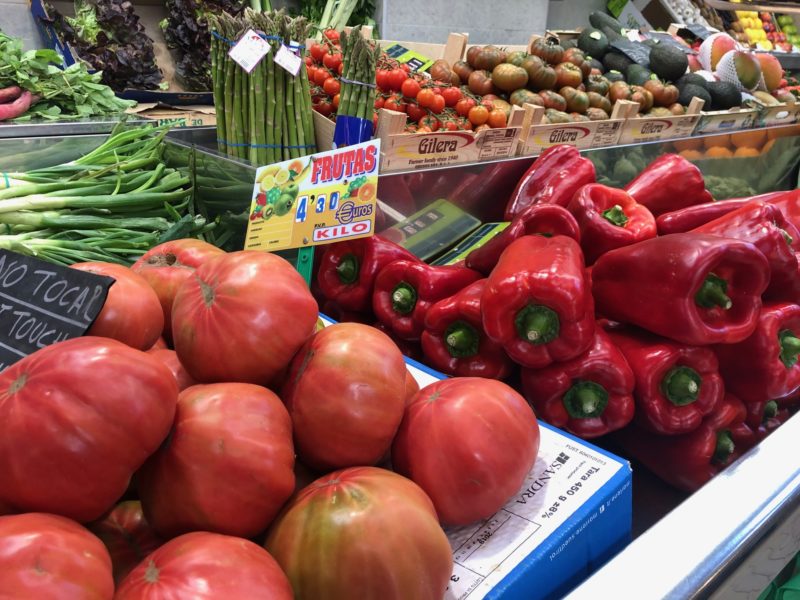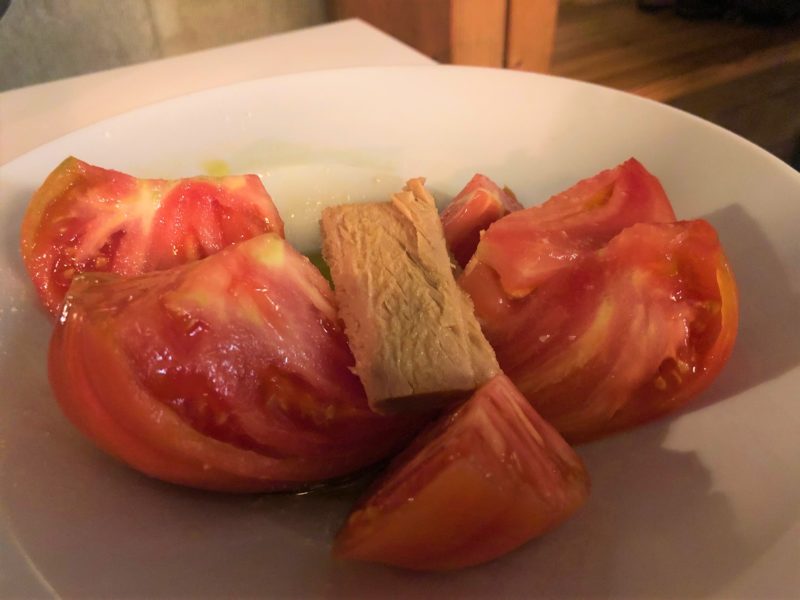If the Cathedral represents the heart of València, markets are the soul, especially Mercado Central. On the way our guide Marcos takes us to the characteristic Plaza Redonda, which as the name implies has a round shape. Since its construction in 1839, it has been used for trade and still today it is possible to find a wide range of products, including classic souvenirs.
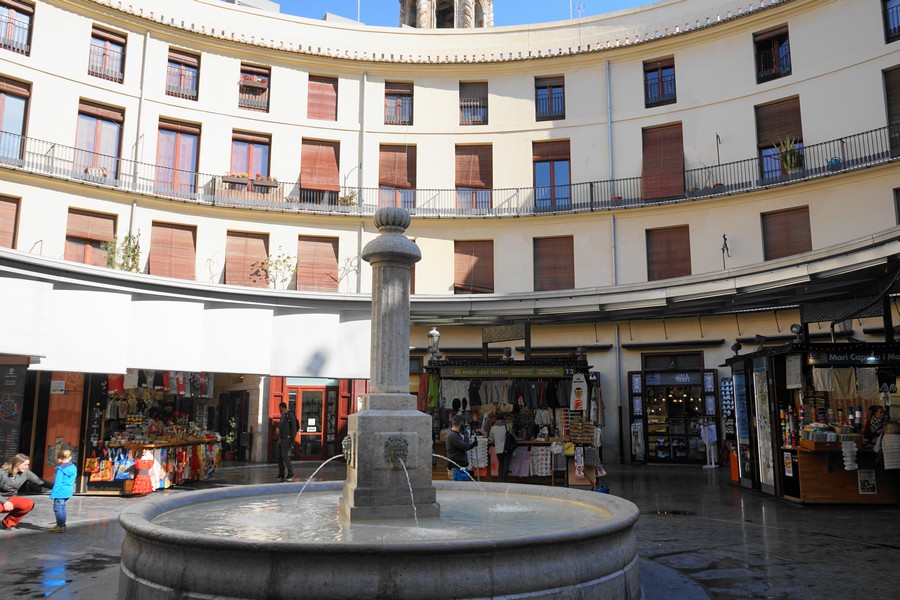
Between the markets and the Valencian Sistine Chapel
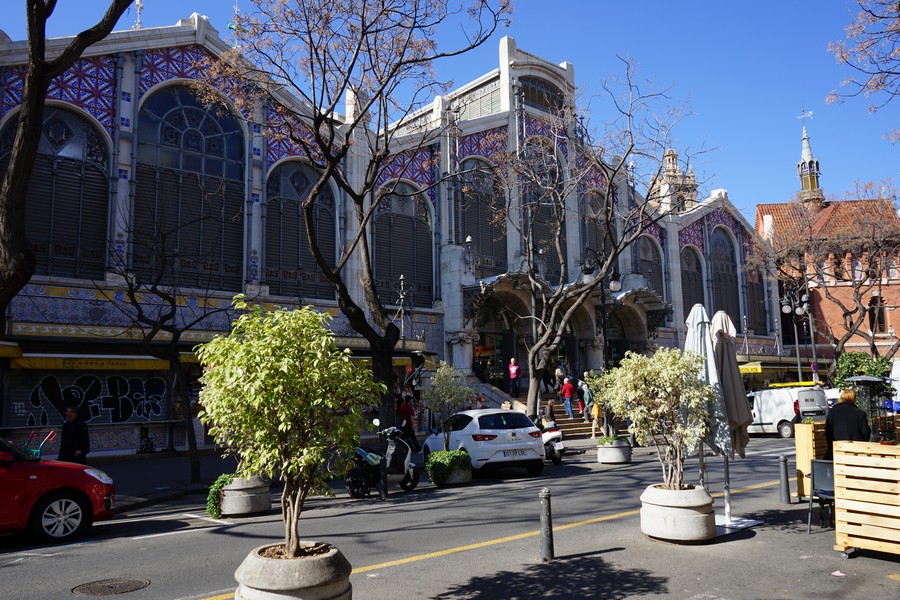
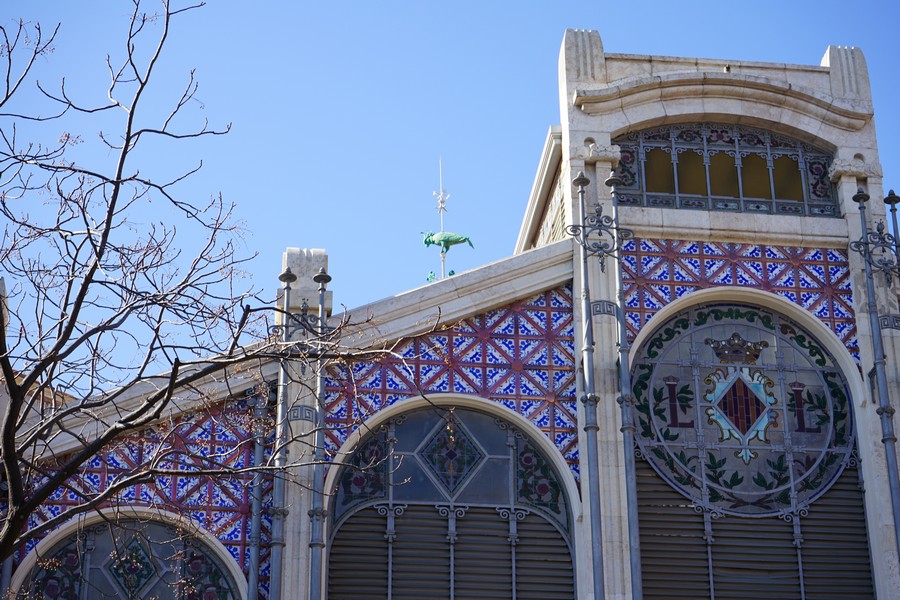
So we are in front of the Mercado Central, a steel structure, with stained glass windows and hand-painted ceramics on the facade and on which a weather vane stands out: it is that of Cotorra, the Spanish name of the parrot, which symbolizes the busy chatter of buyers and sellers.

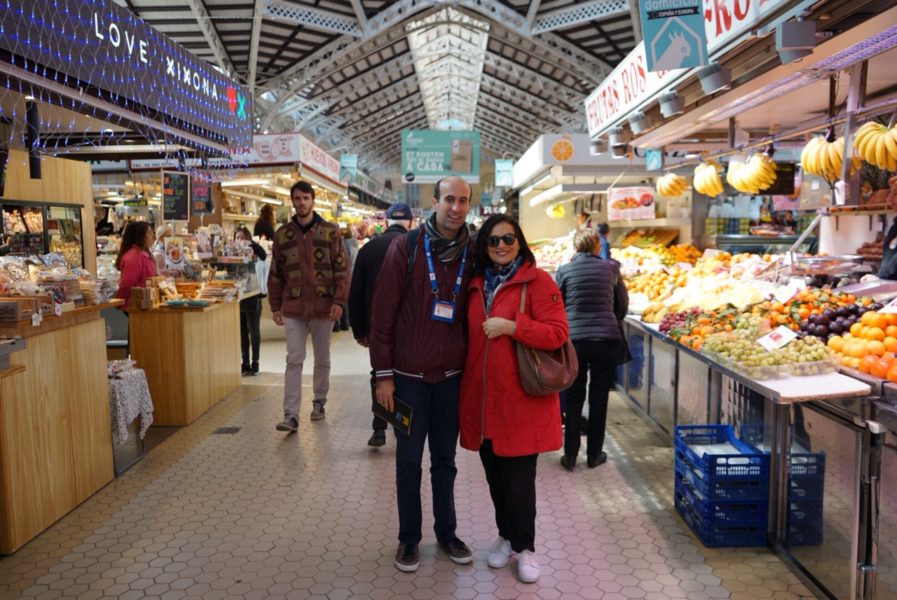
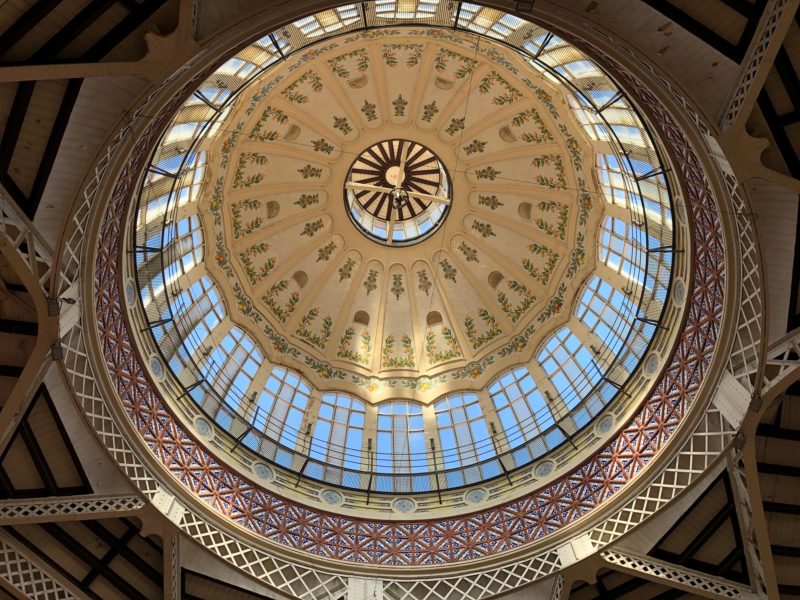 The origins of the current central market of València date back to 1914, but in the area there was already an open-air Muslim market. This splendid modernist building, open every day except Sunday from 7 to 15, covers an area of over 8,000 square meters, under sloping roofs and the large and scenic central dome, housing more than 300 benches among which to wander being enraptured by colors, scents and flavors, from fruit to fish up to what is called the fifth quarter in Rome, that is offal.
The origins of the current central market of València date back to 1914, but in the area there was already an open-air Muslim market. This splendid modernist building, open every day except Sunday from 7 to 15, covers an area of over 8,000 square meters, under sloping roofs and the large and scenic central dome, housing more than 300 benches among which to wander being enraptured by colors, scents and flavors, from fruit to fish up to what is called the fifth quarter in Rome, that is offal.
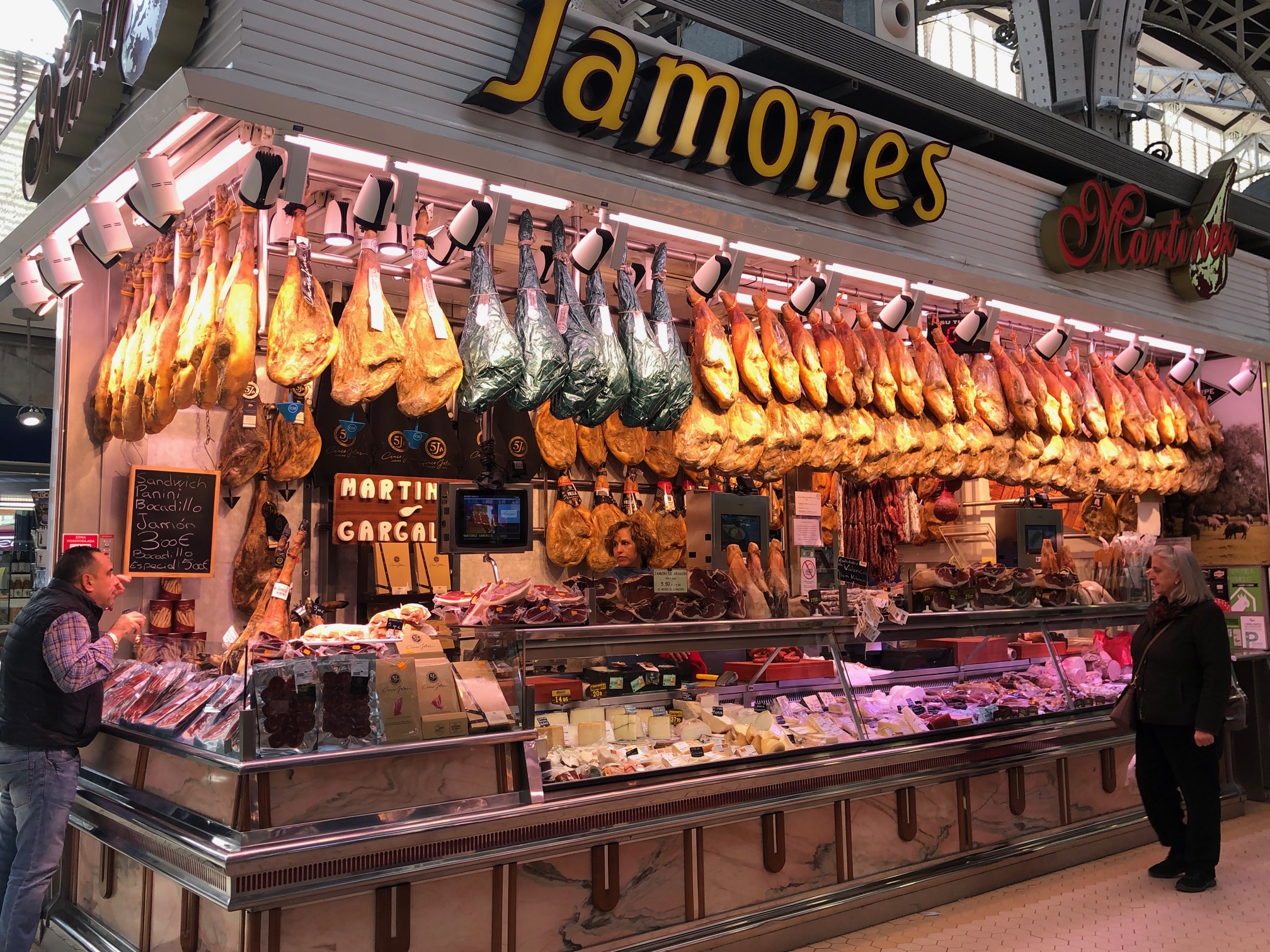
Impossible not to go wild between tastings and photos of shellfish, fish of all kinds, huge Valencian tomatoes, red and giant strawberries, sea urchins, oysters, octopus “hung” or sold already boiled, hams, meats and cheeses, spices and even fruit never seen before.
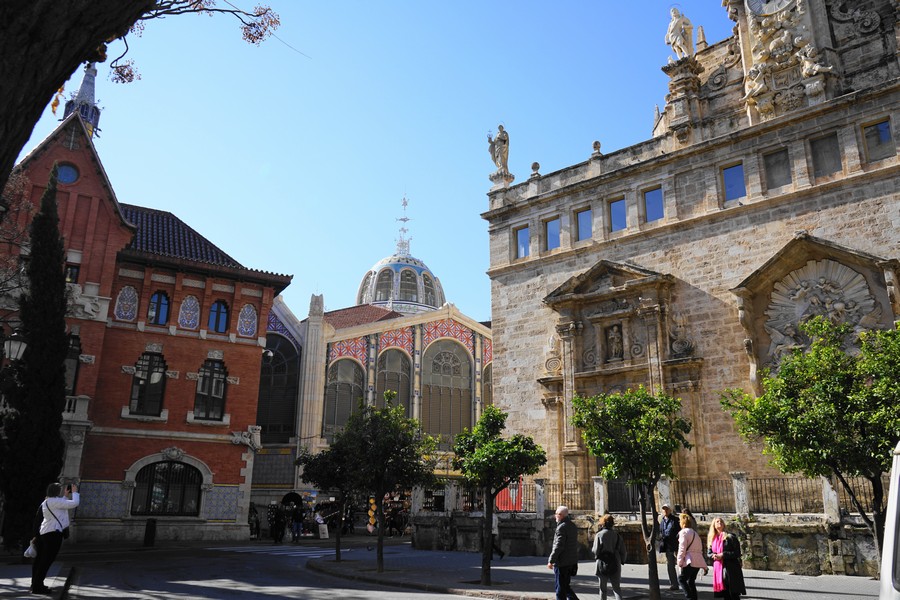
Opposite there is the monumental complex of Lonja de la Seda also called the Merchants’ Exchange, once a place of exchange for the purchase and sale of precious fabric silk closely linked to the history of València, declared a World Heritage Site by UNESCO in 1996.

Designed by the architect Pere Compte in the 15th century, it is an emblematic monument of the Valencian Siglo de Oro made up of several structures that overlook an Arab-style citrus garden called Patio de los Naranjos.

Starting from the visit from the Salón de la Contratación, an imposing space with 24 twisted columns that rise to the ceiling, one has the impression of entering a large cathedral paved in white, black and pink marble. All around the walls there is an inscription with golden characters on a dark background that reminds traders to always act honestly. Another element to note is the stone spiral staircase without a central axis and with the steps embedded in the cylindrical wall: an example of the technical capacity achieved by Valencian craftsmen.
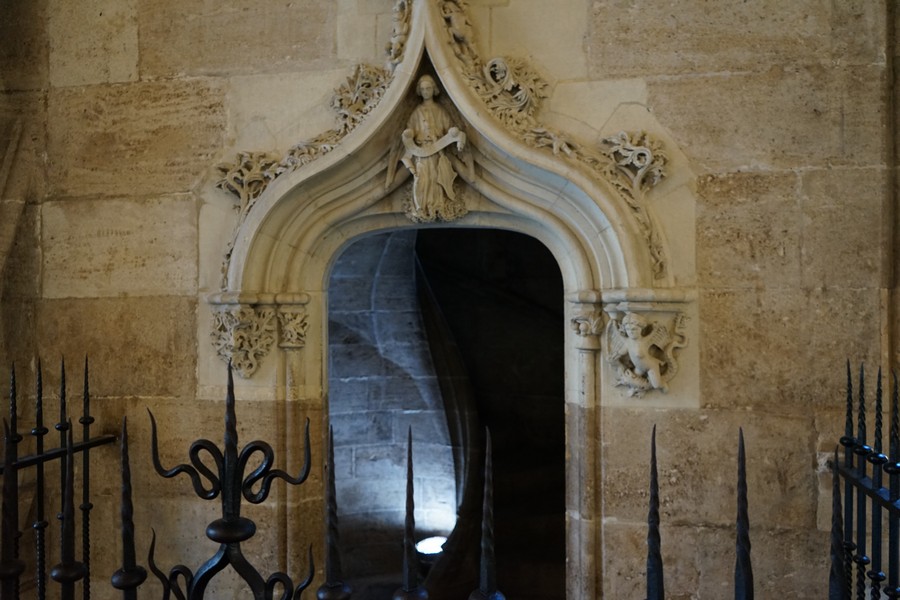
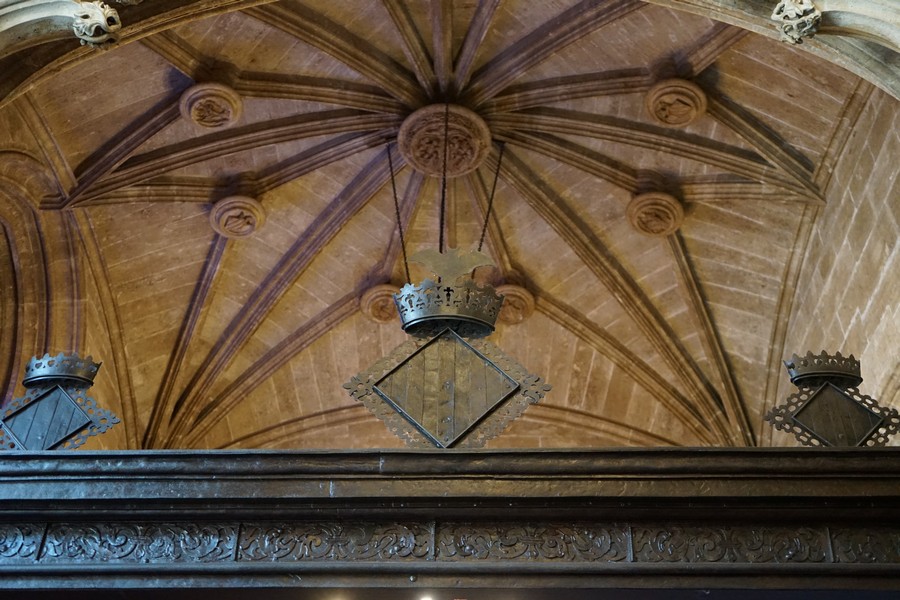
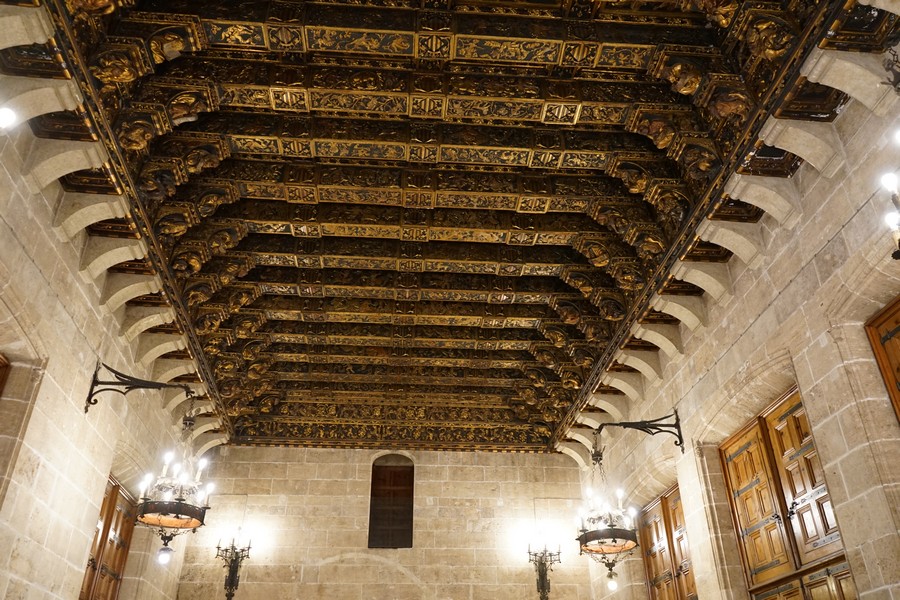
In the Pabellón del Consulado or Consulado del Mar, the first Spanish merchant court, you can visit the hall of the Commercial Court, on the ground floor, and the Main Hall or Consulate Room on the upper floor with an interesting Renaissance-style coffered ceiling coming from the former town hall and which is accessed through a monumental stone staircase, from the Patio de los Naranjos.
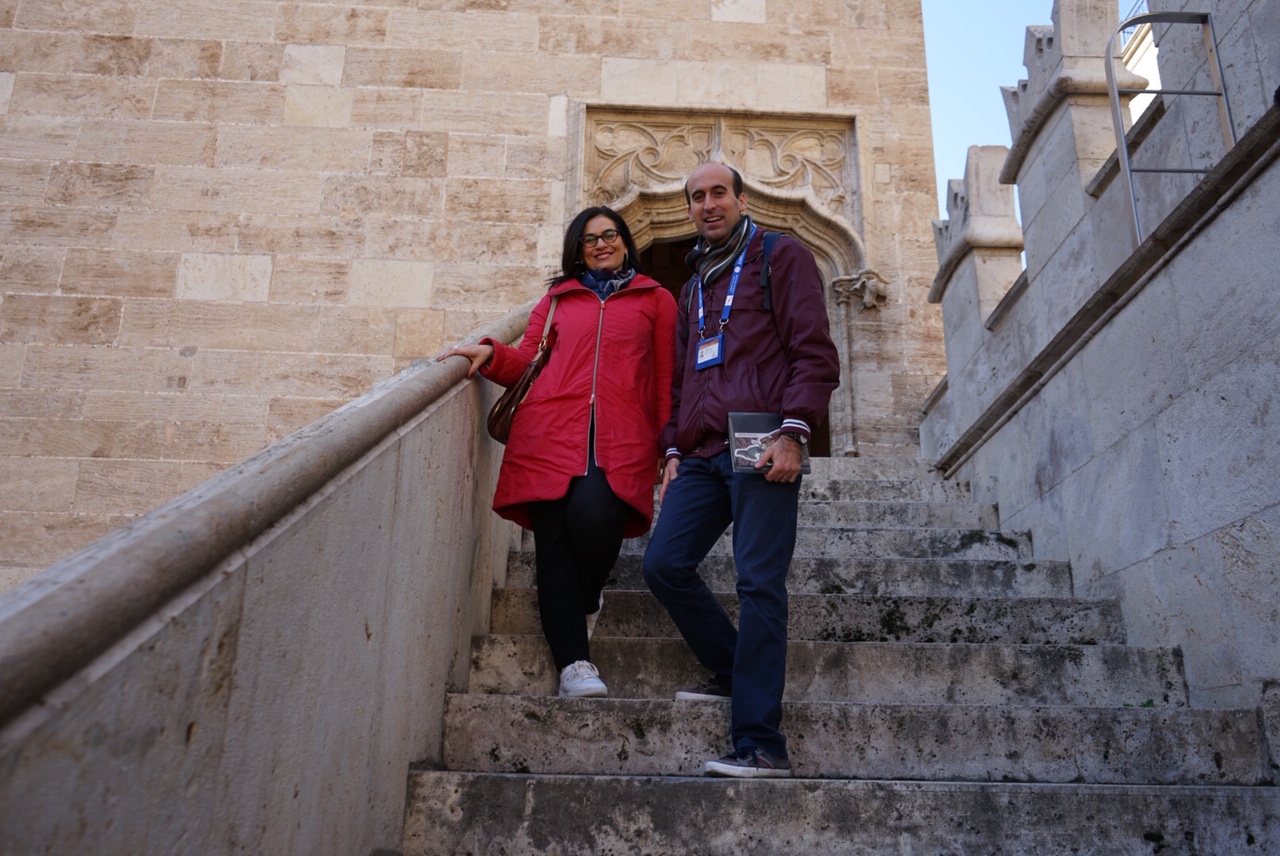
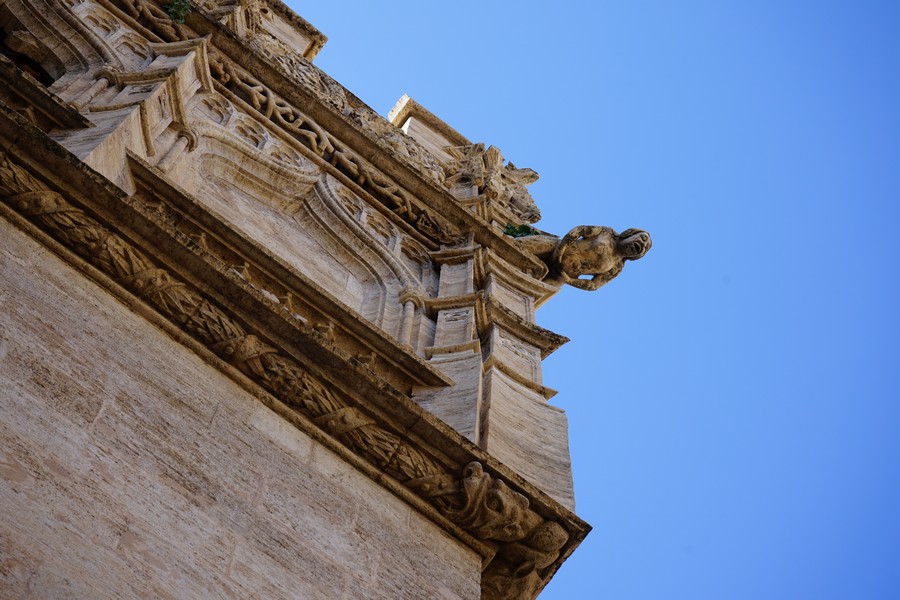
Going up Marcos makes us notice the masks depicting allegorical but also erotic scenes that adorn the tower, which housed the chapel on the ground floor and the merchants’ prison on the upper floor.
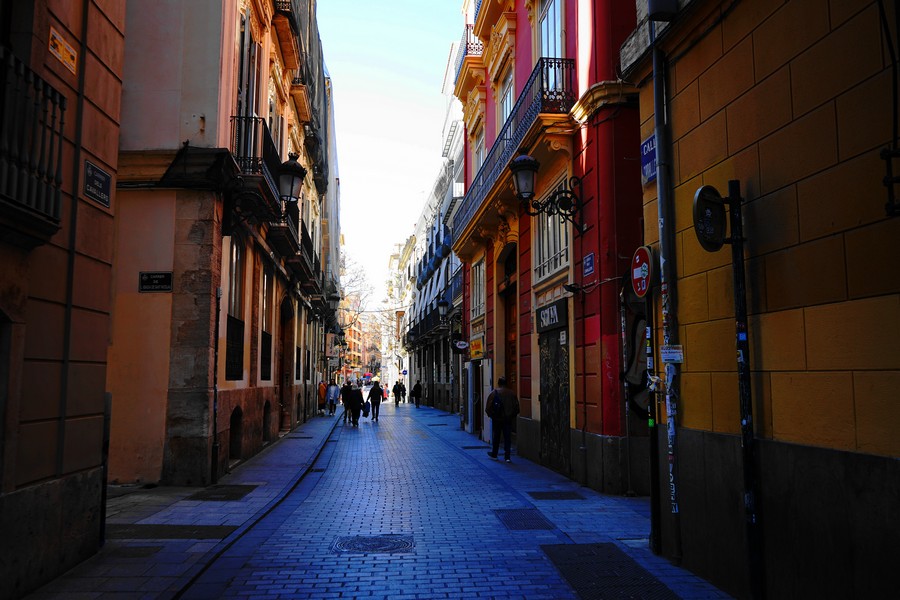
Crossing the Barrio del Carmen district we arrived at the Church of San Nicola, called for the extraordinary nature of its frescoes, the Valencian Sistine Chapel. Before describing the wonder we felt admiring the more than 2,000 square meters of recently restored paintings, we want to spend a few words on the neighborhood where the main entrance of this church is located on the main street, Calle de Caballeros, while the Neo-Gothic door overlooking the Plaza de San Nicolás is a 19th century addition.
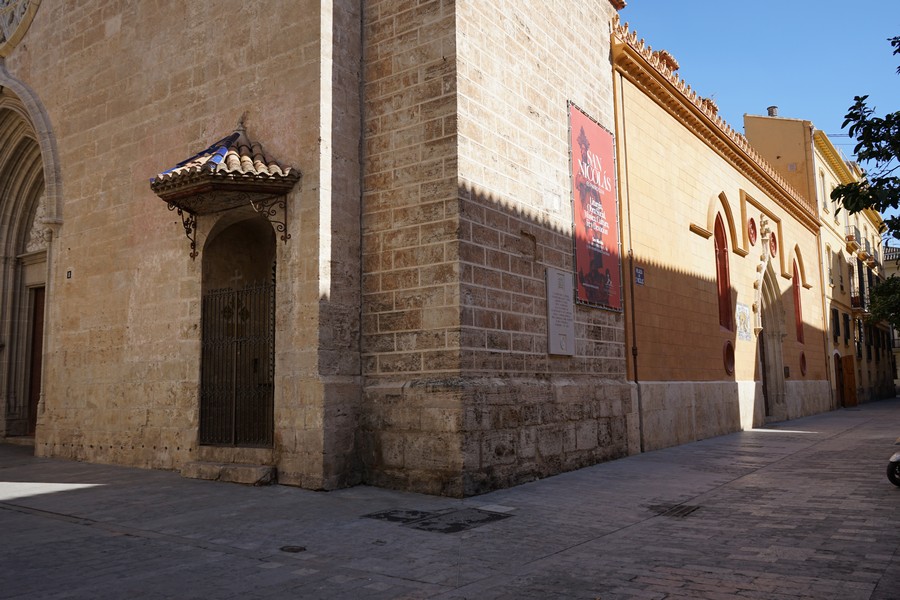
The Barrio del Carmen is the old medieval center now become the bohemian district of València which in the evening is the destination of the marcia, as is defined the nightlife that in Italy we call movida with a term of Spanish origin but improper, between bars, tapas, restaurants and clubs different. This has not always been the case: Marcos tells us that over the centuries it was inhabited by the Christian aristocracy, then it became a working class neighborhood in 1900 until it fell into a place of prostitution and the most recent transformation into a place for entertainment in the city.
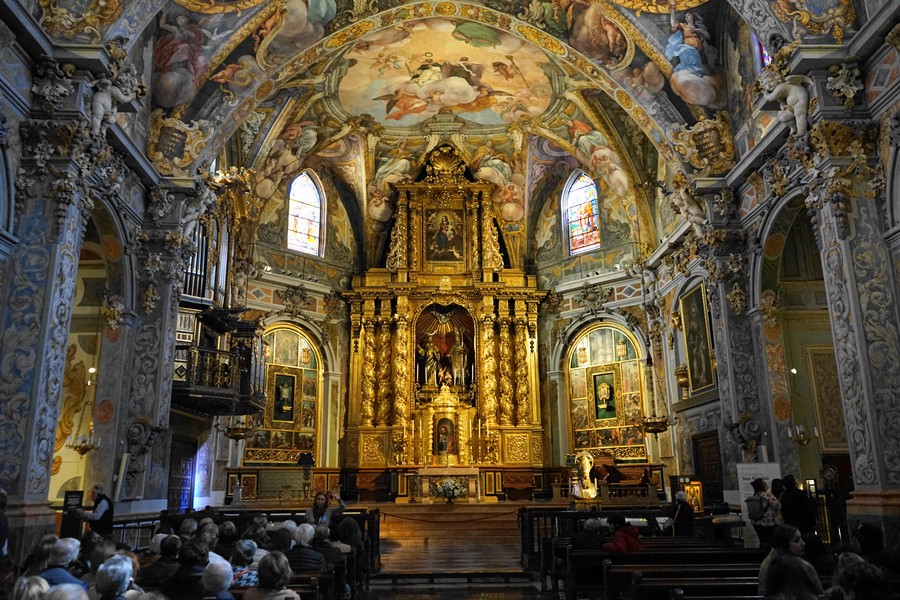
The church is dedicated to both San Nicola di Bari and San Pietro Martire and exactly in half the ceiling is divided with the life of the first on the right and that of the Dominican friar on the left, with the most important episodes of the life of the saints divided into 12 lunetos.

Built around 1242, it was restored on the initiative of the Borgia family, who wanted to give it a Gothic style, while between 1690 and 1693 it was decorated with frescoes designed by Antonio Palomino and painted by Dionís Vidal and both appear together in a portrait on the left side of the rose window.
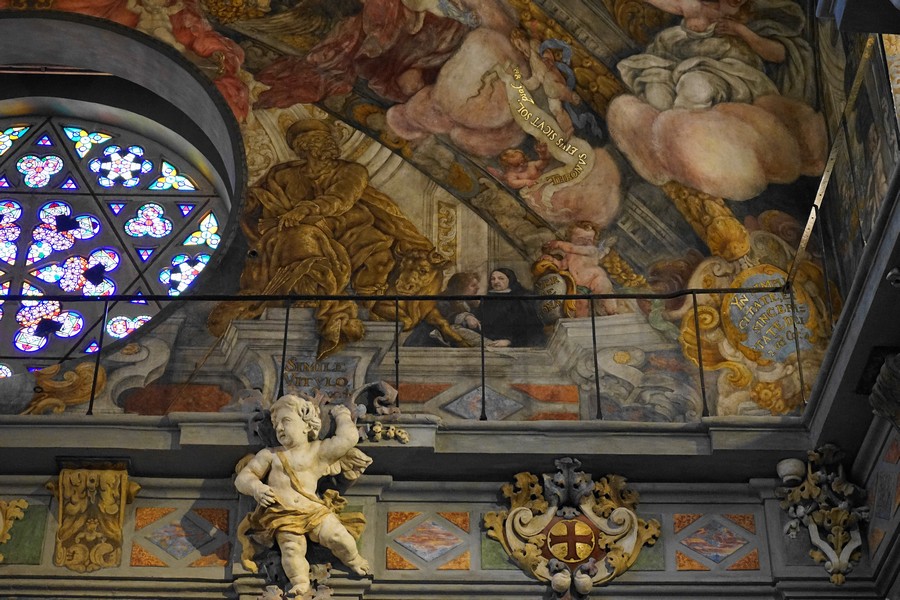
During the civil war, the Church was sacked and subsequently used as a warehouse, but fortunately the frescoes have been saved and restored to their former glory since 2016 enchant those who decide to visit it: an unmissable stop on the València tour. Visits are forbidden only on Mondays when the Church of San Nicola di Bari is open only to those who make the “Walk of San Nicola” or the Devotion of San Giuda Taddeo, patron of lost causes.
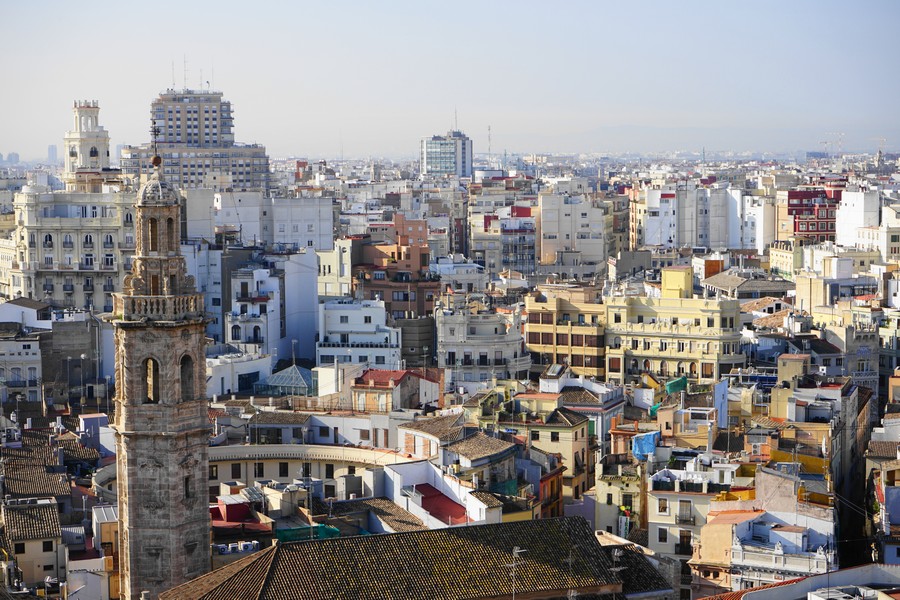
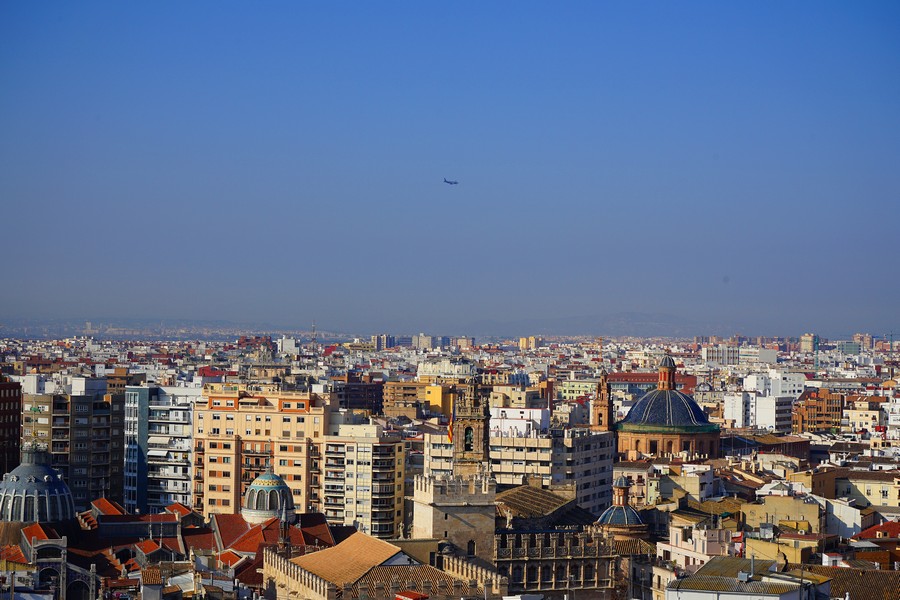
Thus ended our visit led by Marcos. On Miguelete, the bell tower of the Cathedral, we climbed alone, facing the 207 steps of the spiral staircase with a little effort to enjoy the spectacular view of the city, dotted with blue domes, to the sea.
In the evening we made a trip to the Mercado de Colon (Calle Jorge Juan, 19) which is located in the heart of one of the most popular areas of València. Already on the outside it is striking for its architecture since 1916, while on the inside it seems to enter the land of toys … greedy!

Designed by Francisco Mora Berenguer is one of the main symbols of Valencian modernist architecture that stands out for the combination of an imposing metal structure supported by cast iron pillars, the absence of side walls and two immense stone facades covered with ceramic mosaics which can also be appreciated inside.
The old market has been converted into a gastronomic space where you can have breakfast, lunch, dinner or relax while sipping a beer, a coffee and also the delicious horchata, the Valencian drink par excellence. But there are still real shops such as the florist, the butcher, the delicatessen, the fish shop and the fruit shop, managed by a family who has been working in the building for four generations.
We stopped at the Micub to sip a Turia beer on a salad of tasty Valencian tomatoes with tuna, croquetas de rabo de toro (stewed bull tail meatballs) and croutons with anchovies, all prepared with fresh products from the market.
In collaboration with VisitValència




